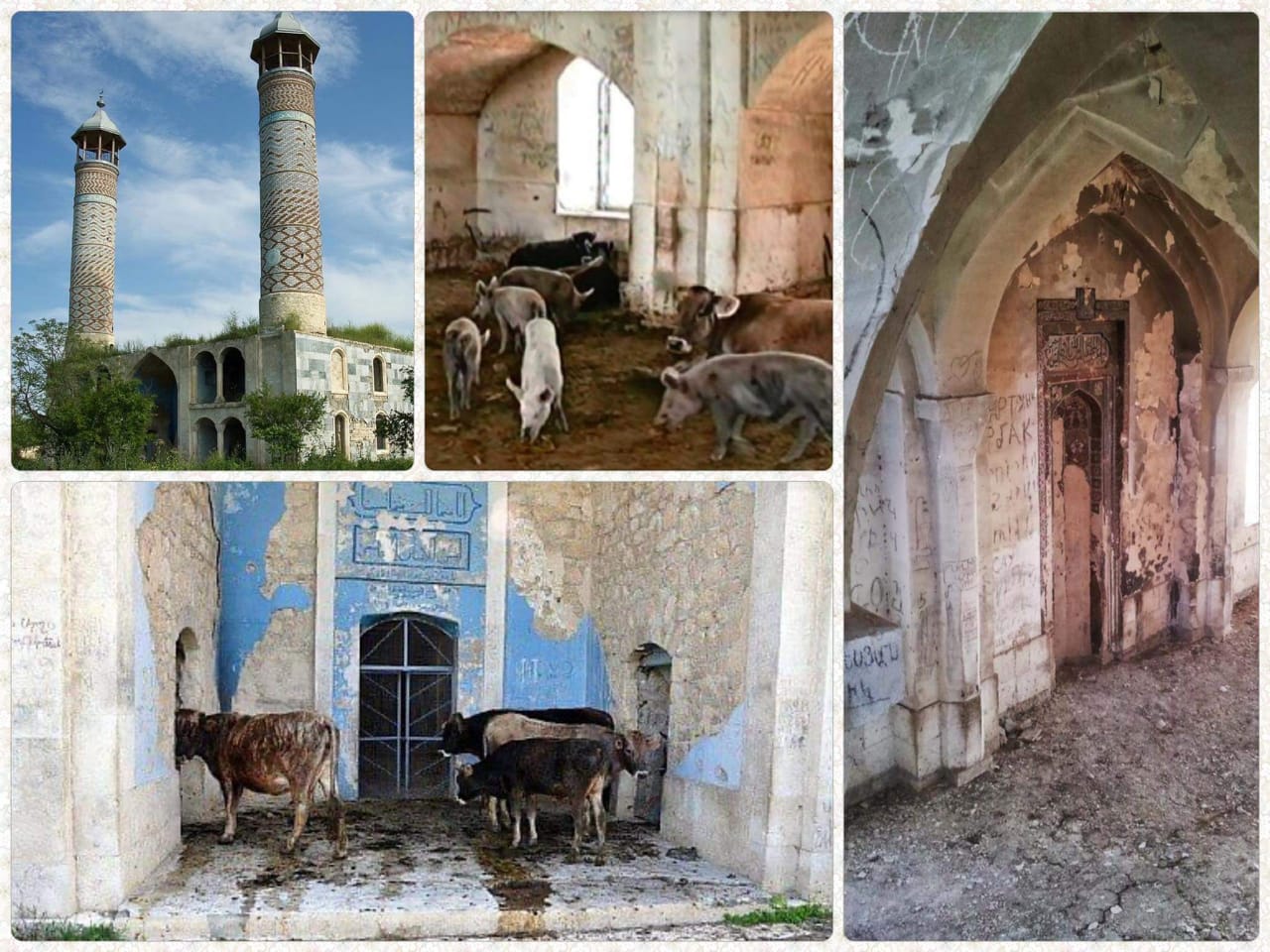The war between Azerbaijan and Armenia that took place since the end of September 2020 has caught world attention. The mass media around the world also highlight the bloody conflict in the Caucasian region from various perspectives. The most basic thing and it should be noted is that Nagorno-Karabagh, which is often referred to as a disputed area, is actually part of the territory of Azerbaijan which has been recognized internationally. The fact is that Nagorno-Karabagh has been a part of Azerbaijan throughout history.
This prolonged conflict began when Armenians were transferred to Nagorno-Karabagh from various regions in Turkey, Russia and Iran in the middle of the XIX century, after the signing of the Gulustan Agreement (1813) and the Treaty of Turkmenchay (1828) between Iran and Russia, as well as the Adrianople Agreement ( 1829) between Turkey and Russia. During the occupation of the Soviet Union, Nagorno-Karabagh became an autonomous region, and after the collapse of the Soviet Union, Armenia claimed the territory. Around the 90s Nagorno-Karabagh and seven other cities around it were occupied by Armenia, and Azerbaijan had lost 20% of its territory, while more than one million citizens were forced to flee.
Azerbaijan is a sovereign country that always puts peace first, and for the last thirty years it has tried to resolve conflicts that occur through various means of diplomacy, not through the war. On the contrary, Armenia has refused time and time again to negotiate with Azerbaijan even by saying the slogan “Garabagh is Armenia, period!” to end the peace process.
The fighting which erupted again on 27 September 2020 was provoked by Armenian forces, resulting in the deaths of more than 40 Azerbaijanis civilians and about 200 others injured in the attacks launched by Armenia. Although the two countries reached an agreement for a ceasefire starting on October 10, 2020, the Armenian forces broke just minutes after the agreement was announced. Even the following day Armenian troops targeted an attack on the city of Ganja, Azerbaijan’s second largest city which is located 60 km from the battle site. As a result of the attack in the middle of the night, 10 civilians were killed, and more than 30 others were injured.
A few days earlier the Armenian armed forces also attacked Khizi and Absyeron, the location where the Indonesian Embassy is located, releasing medium-range missiles. With all its acts of arrogance, Armenia has shown disrespect and cruelty towards civilians and representatives of countries where their embassies are at the point of Armenian attack. Apart from that, Mingachevir, an industrial area owned by Azerbaijan, was also targeted by the Armenian attack. The city is home to the Baku-Tbilisi-Ceyhan power plant and oil pipeline, the largest strategic project in the European region.
As a result of Armenian aggression against Azerbaijan, many Islamic cultural heritages such as mosques and madrassas were forced to demolish.

What hurts the feelings of Muslims in Azerbaijan and around the world the most is that Muslim houses of worship were also attacked and in a semi-collapsed condition they are used as pens for cows and pigs.
Azerbaijanis are confident that Indonesia, whose population is the largest Muslim majority in the world, will not remain silent about such Islamophobia. Azerbaijanis believe that Indonesia will support Azerbaijan and condemn the Armenian military aggression against Azerbaijan.
 Translator : Nia S. Amira
Translator : Nia S. Amira
Author : Laura Zarbaliyeva
Director of the Center for Indonesian Studies
(Centre for Indonesian Studies, Azerbaijan University of Languages)





